Kalanchoe Flowering: How To Make A Kalanchoe Rebloom
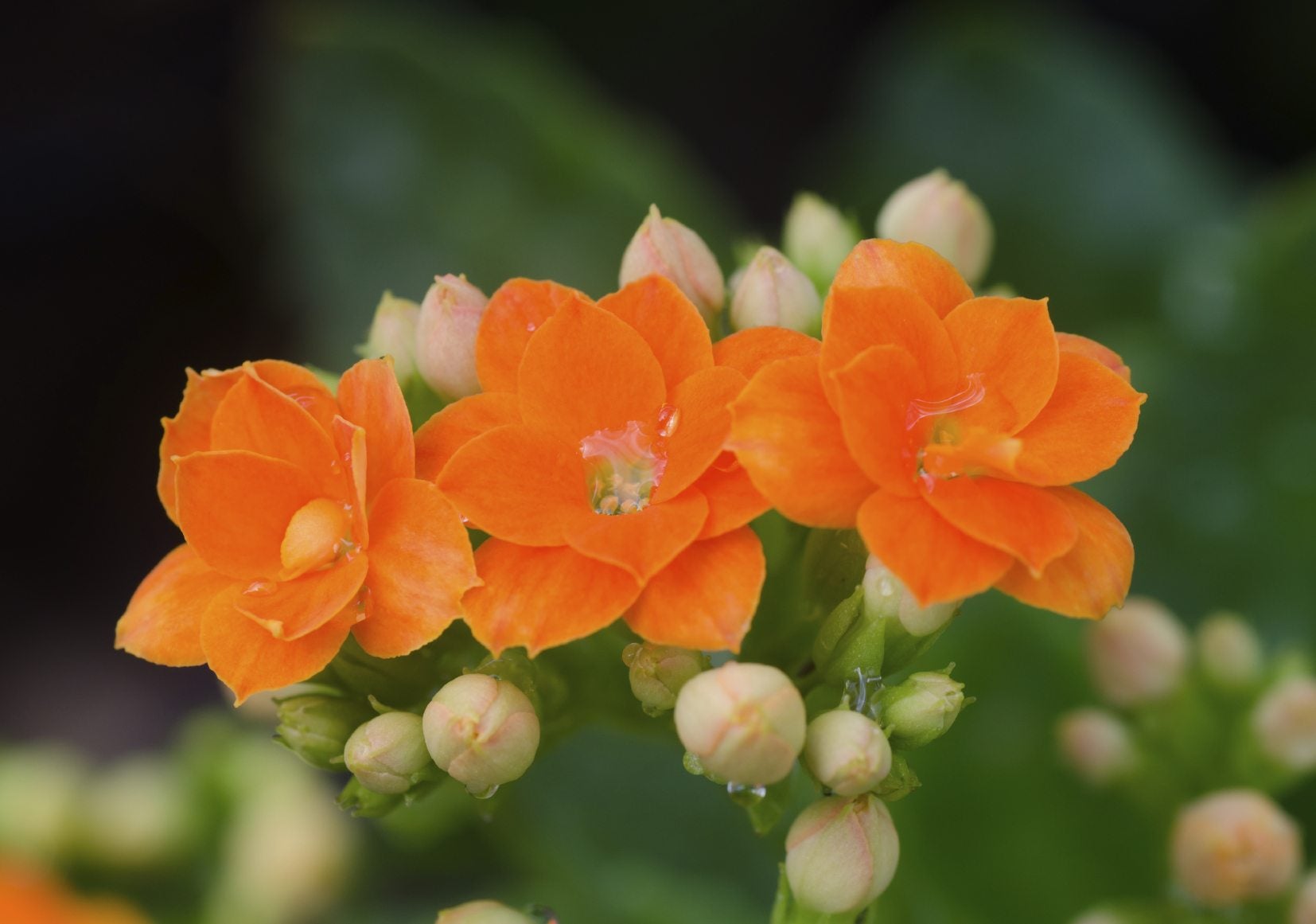

I received a Kalanchoe as a gift plant this summer and I am now struggling to get it to bloom anew. Kalanchoe is an African native that has become a common house guest in North American homes. These plants require low light conditions to force budding. Ideally, the plant should experience 14 hours of lightless conditions to promote budding and bloom.
Getting Kalanchoe to bloom again requires a bit of a rest period for the plant, correct lighting, and some good fertilizer to fuel the process. A few tips on how to make a Kalanchoe rebloom will ensure success and a beautiful, flowering houseplant in winter.
Kalanchoe Bloom Time
Usually, the plant is in full bloom at purchase and produces a constant parade of flowers for weeks or even months. Kalanchoes are forced to bloom by nurseries in order to present their flowers for purchasers.
When does Kalanchoe bloom naturally? In its native region, Kalanchoe can bloom almost year-round, but as a container houseplant, it is most commonly blooming in late winter to late spring. This cycle will slow down as lighting increases. Getting a Kalanchoe to bloom again requires a rest period for the plant, and then tricking it into thinking it is a different time of year.
Exposure to lower light levels during fall and winter will generally encourage the plant to bloom, but plants in higher light regions will need some closet time to mimic the lower light hours of winter hibernation. A hibernation, or rest period, is necessary for the plant to amass energy for blooming and growth when conditions are favorable.
Keeping the plant in no light for this period will awaken the plant from its winter slumber and cause flower production. Failing to provide a rest period is often the reason getting Kalanchoe to bloom again may be unsuccessful.
How to Make a Kalanchoe Rebloom
After the flowers on your plant begin to fade and die, cut them back and remove the spent blooms. This prevents the plant from directing energy to trying to sustain a part that is already spent.
Gardening tips, videos, info and more delivered right to your inbox!
Sign up for the Gardening Know How newsletter today and receive a free copy of our e-book "How to Grow Delicious Tomatoes".
During the summer, keep the plant in well-drained soil in a sunny location and maintain a moderate moisture level. When fall arrives, cut back on the water and move the plant indoors if you are in a zone below USDA 9 or where frost is expected.
The plant will experience low light conditions from fall to late winter, which normally causes flowers to form. Fertilize with a 0-10-10 in late winter or just as the first buds are forming. This will promote better and more Kalanchoe flowering and enhance plant health and vigor.
Tricking a Kalanchoe into Blooming
If you want your plant to bloom at a specific time, such as Christmas, you will need to do some planning. Minimize watering and give the plant a 14-hour period without light daily 6 weeks before the desired bloom time.
Place the plant in a closet or under a box for 14 hours and provide 10 hours of bright light. Keep the plant warm and away from drafts. Do not water or feed the plant for 6 weeks, as it is dormant. As soon as you see flower buds, move the plant to brighter lighting and resume watering.
Feed the plant in spring and remove spent flowers to encourage new buds. These plants are easy to grow and provide up to 6 months of beautiful, little flowers and thick, attractively scalloped leaves.

Bonnie Grant is a professional landscaper with a Certification in Urban Gardening. She has been gardening and writing for 15 years. A former professional chef, she has a passion for edible landscaping.
-
 Looking For Plants To Give You The Soft And Fuzzies? Try These 5 Fuzzy Leaf Plant Options
Looking For Plants To Give You The Soft And Fuzzies? Try These 5 Fuzzy Leaf Plant OptionsLovers of texture, drama, silver foliage and tactile plants will adore these special sensory garden additions. These fuzzy leaf plant options will leave you all aglow
By Susan Albert
-
 Get Ready For A Summer Of Hummers! Grow These Full Sun Hummingbird Plants and Flowers
Get Ready For A Summer Of Hummers! Grow These Full Sun Hummingbird Plants and FlowersIf you’re lucky enough to enjoy a sunny backyard, make sure you are maxing out on your pollinator opportunities and grow these full sun hummingbird plants and flowers
By Tonya Barnett
-
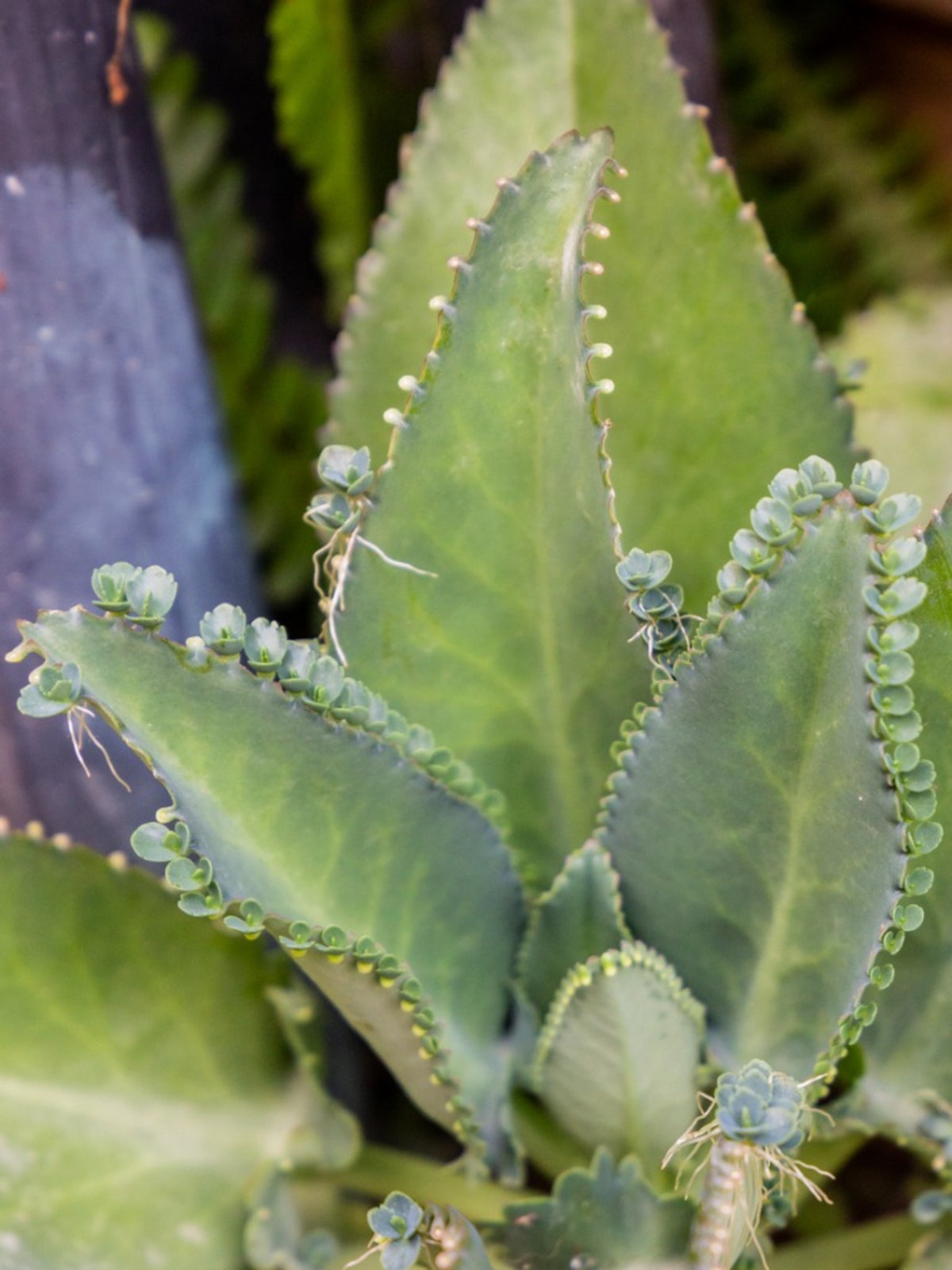 Mother Of Thousands: How To Grow This Unique Succulent
Mother Of Thousands: How To Grow This Unique SucculentThe toxic but fascinating Mother of Thousands plant can spread rapidly, making it better as a potted plant than a member of the garden.
By Bonnie Grant
-
 Chocolate Soldier Plant: Growing A Chocolate Soldier Kalanchoe
Chocolate Soldier Plant: Growing A Chocolate Soldier KalanchoeChocolate soldier succulents are elegant and often perfect, fuzzy leafed plants that most everyone tries to grow at some point. If you’re not familiar with them by this name, you may be asking what is a chocolate soldier plant? Learn more in this article.
By Becca Badgett
-
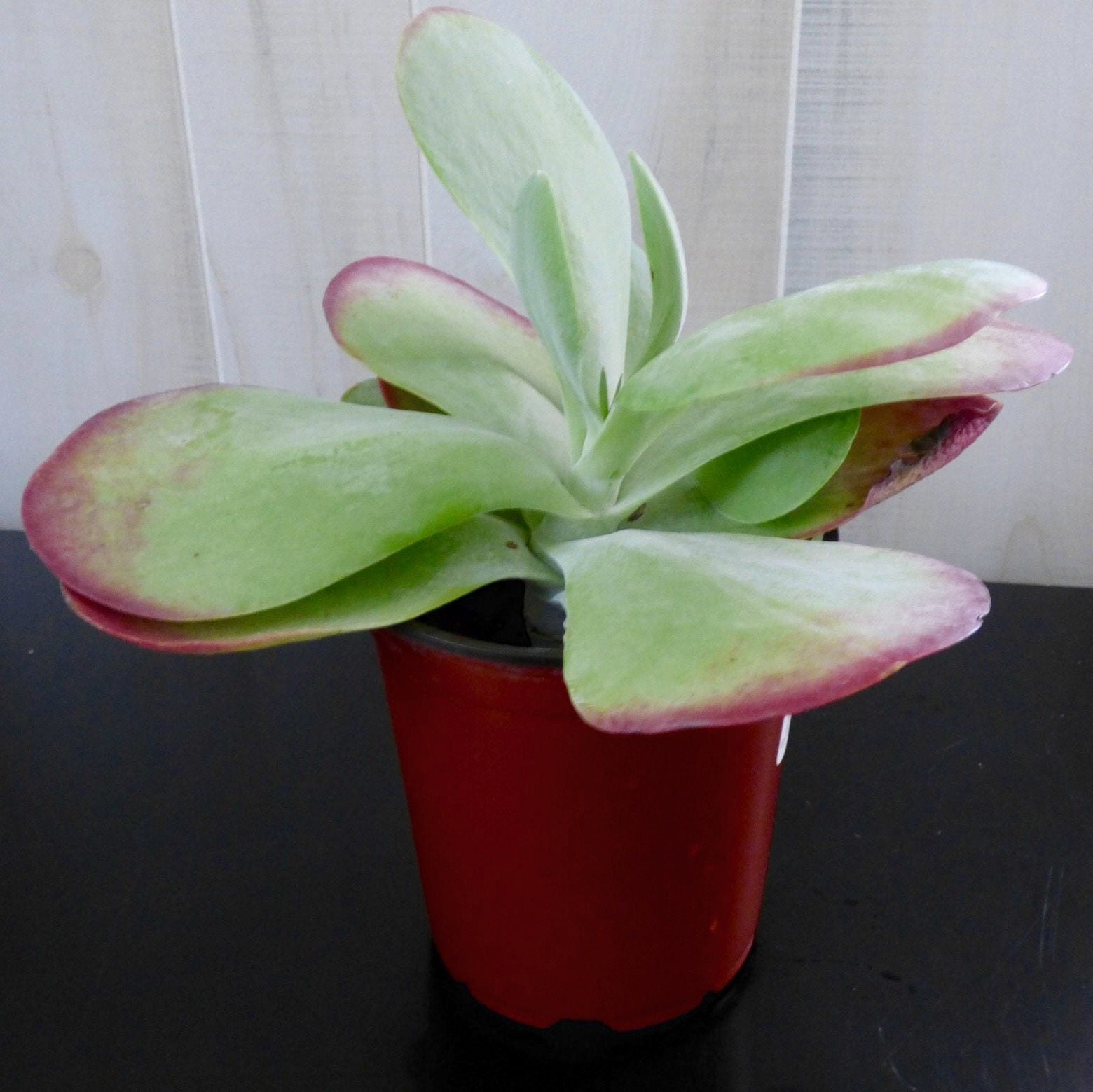 Paddle Plant Propagation – How To Grow A Flapjack Paddle Plant
Paddle Plant Propagation – How To Grow A Flapjack Paddle PlantAlso known as flapjack paddle plant, this kalanchoe plant is a succulent with thick, paddle-shaped leaves that frequently take on a reddish or deep pink tint during the winter.
By Mary H. Dyer
-
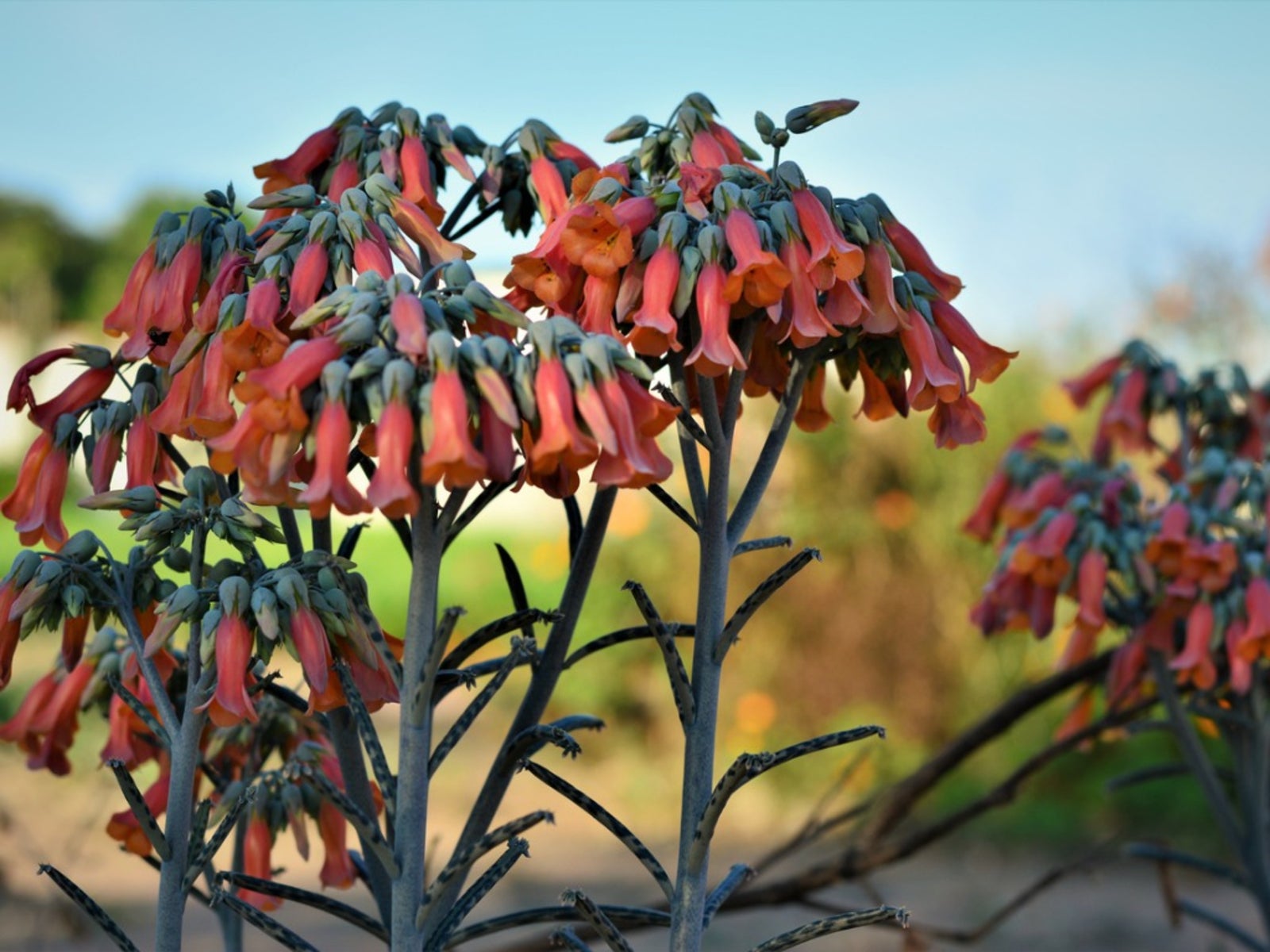 Kalanchoe Chandelier Growing: Caring For Chandelier Plants
Kalanchoe Chandelier Growing: Caring For Chandelier PlantsIt is easy to grow the Kalanchoe chandelier plant, so easy, in fact, you have to learn to control its spread as a part of its care. This article will help with that and more. Click here to get this info.
By Becca Badgett
-
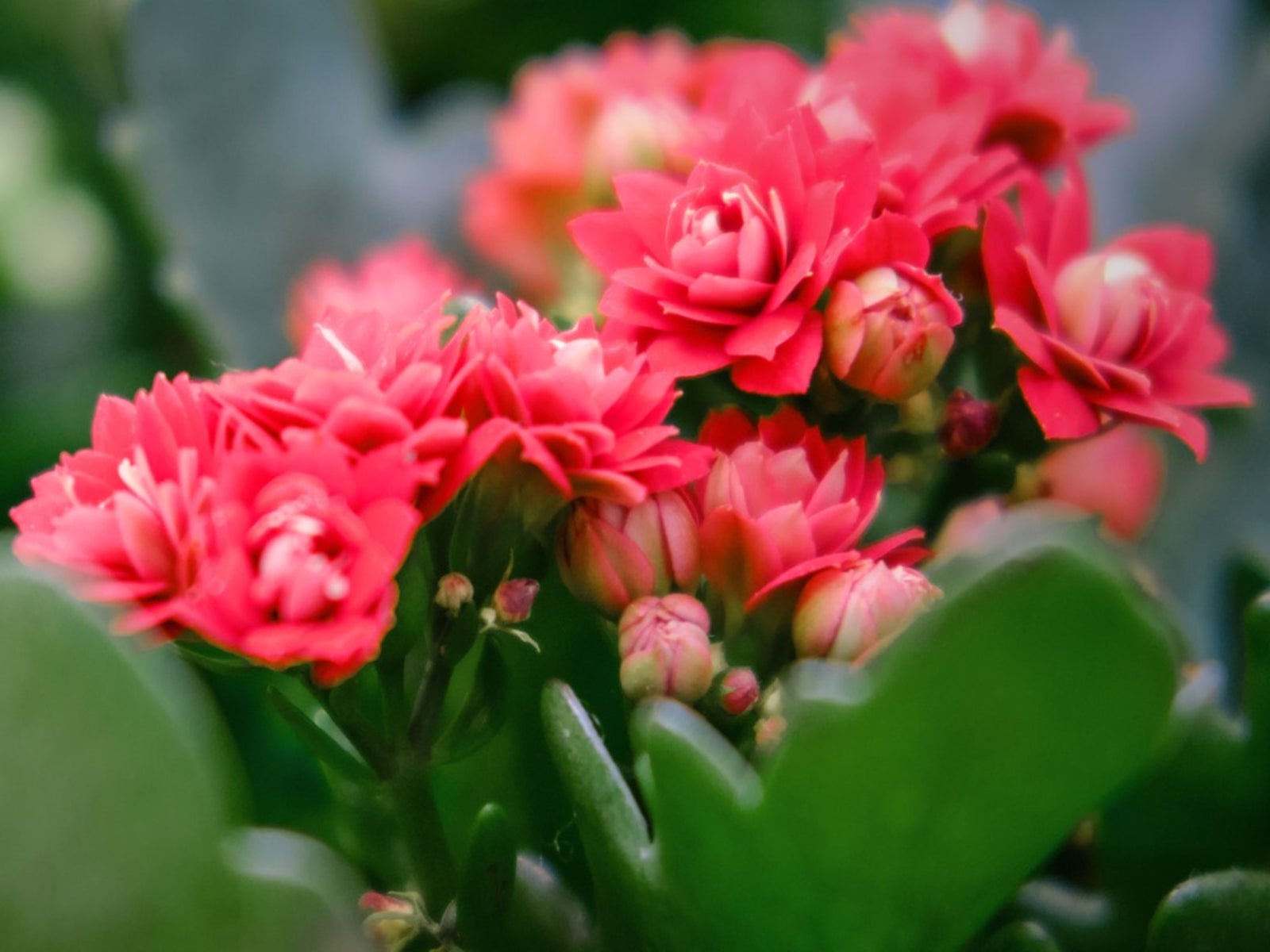 Care For Flaming Katy: Growing Flaming Katy Indoors And Out
Care For Flaming Katy: Growing Flaming Katy Indoors And OutFlaming Katy is a lovely kalanchoe to add to your succulent collection. To enjoy the “flaming” red flowers, learn all there is to know about Flaming Katy plant care.
By Bonnie L. Grant
-
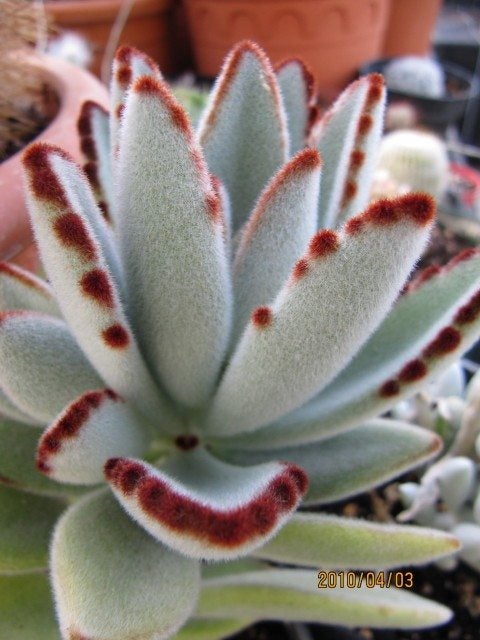 Panda Plant Care - How To Grow a Panda Plant Indoors
Panda Plant Care - How To Grow a Panda Plant IndoorsThe velvety indoor panda plant is a hardy, easy-going succulent that makes an interesting addition indoors and is often a favorite of children.
By Becca Badgett
-
 Kalanchoe: Complete Growing & Plant Care Guide
Kalanchoe: Complete Growing & Plant Care GuideKalanchoe plants are thick leaved succulents that are often seen in florist shops or garden centers. Most end up as potted plants but can be grown outdoors in suitable climes. Learn more about them in this article.
By Bonnie L. Grant